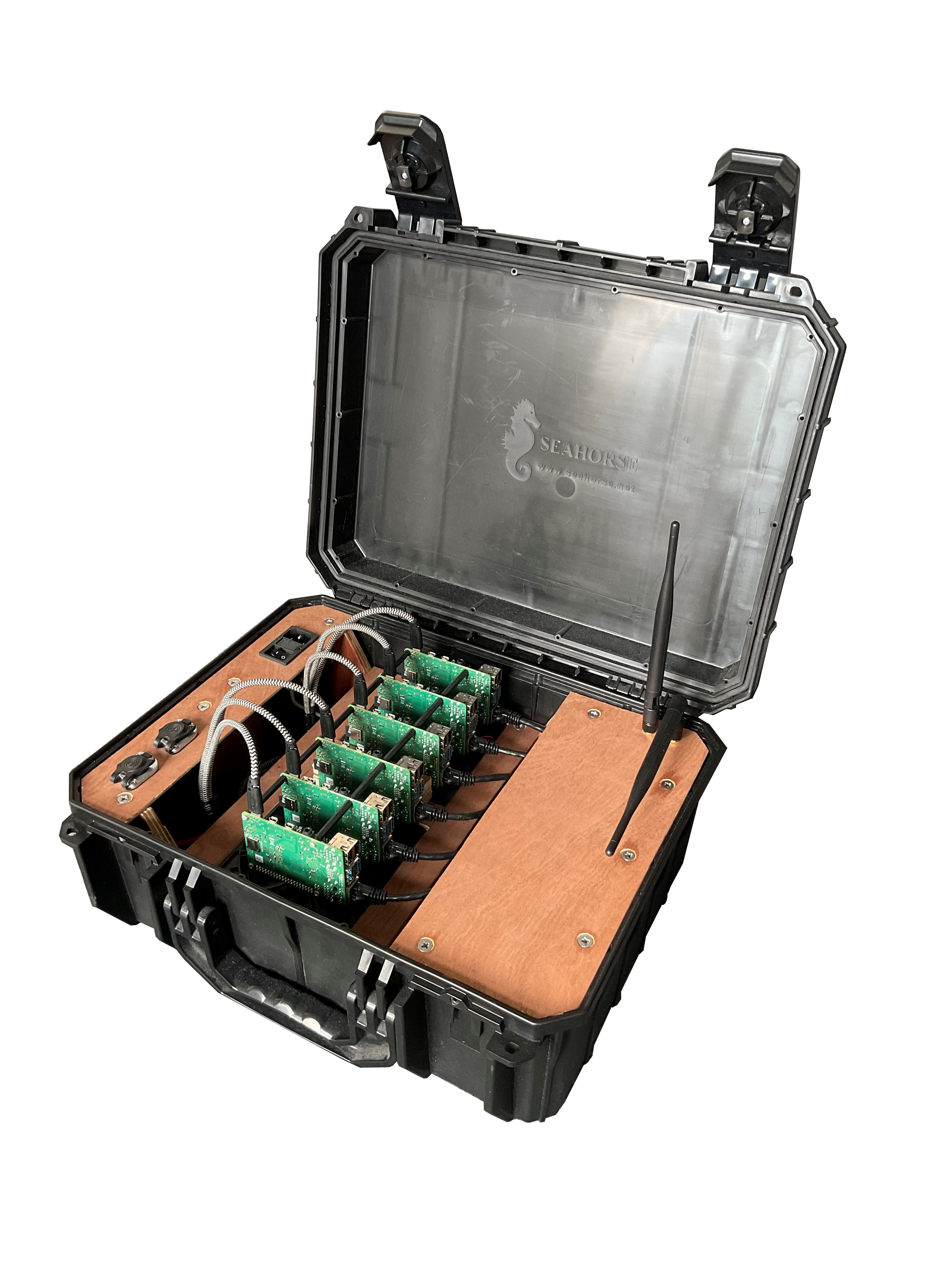Member of DARE
In the first year of my Bachelor I participated in the Delft Aerospace Rocket Engineering (DARE) Small Rocket Project, building the electronics, including telemetry. In the second year, I formally joined DARE as part of the Electronics department. I was part of the Stratos IV project, an attempt to be the first student rocketry team to reach space. Due to corona the launch schedule has been moved to be after my departure.
